I have below a contiguous patch of cells plotted in Matlab.

The outer cells of the red patch have to be determined and then a polygon joining the centers of these cells will give me a polygon. How do i compute the outer cells of the contiguous patch?
I have an array of integers whose elements denote the cell in the red patch, for example,
a=[1;64;23;456;345];
Each element , say 64 corresponds to a cell in the image, and it is the cell belonging to the red patch.
The motivation to solve the problem is to deal with a polygon with minimal number of edges rather than so many cells. it slows down computation. Convex hull is not good enough. I don't want the resulting polygon to overlap with the brown area at all.
What i am suggesting is the case on the left in image below but it seems ugly. So a better way would be as in right to just skip the cells only sharing a single point with the outer brown area. I would like my outer cells to then be only those that share more than just a single point with the outer brown area.
But we want to avoid large number of edges in the resultant polygon!





